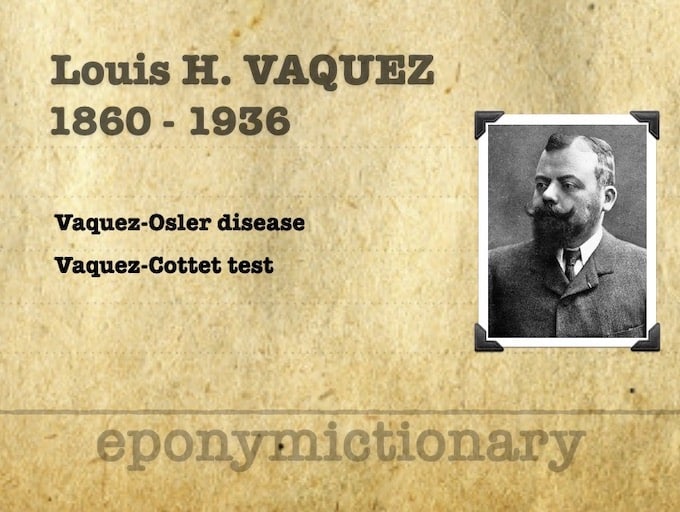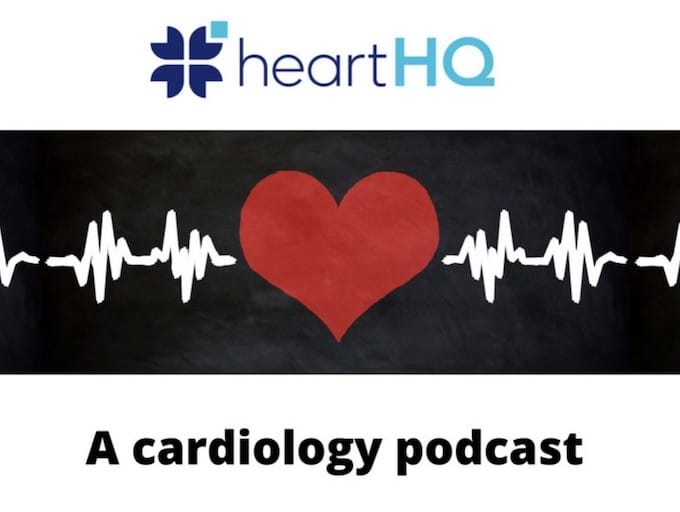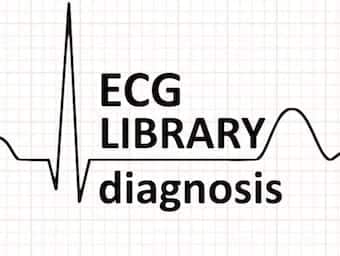
Romano-Ward syndrome
Congenital (autosomal dominant) long QT syndrome (LQTS). Unlike Jervell-Lange-Nielsen, there is no congenital hearing loss (deafness) present

Congenital (autosomal dominant) long QT syndrome (LQTS). Unlike Jervell-Lange-Nielsen, there is no congenital hearing loss (deafness) present

Network Five Emergency Medicine Journal Club Episode 14 - Cardiology. Topics include HEART score, EDACS and the future of AI

Louis Henri Vaquez (1860-1936) was a French physician and cardiologist. Described polycythaemia vera (Vaquez-Osler disease) in 1892

Heart HQ - Episode 25: we talk about the importance of early identification of potential risk of heart attack. A key test used in this area is the Coronary Artery Calcium (CAC) Score test.

Coronary Angiography Essentials. Short video will get you up to speed on image intensifier basics and how to acquire optimum images of each coronary artery and stenosis.

Coronary Angiography Essentials. video is a case-demonstration of the acute coronary no-reflow phenomenon and a discussion about the importance of coronary microcirculation.

Heart HQ - Episode 24: To celebrate International Women's Day, we reflect on an earlier podcast they recorded about women and cardiovascular disease.

Characteristic R wave notching seen in inferior leads in a large proportion of patients with ostium secundum ASD

Heart HQ - Episode 23: Chest pain can be common and has a range of different causes. Tune in to find out more about the different diagnoses and what tests and treatment need to occur.

Heart HQ - Episode 22: Left Bundle Branch Block. what is it, how frequent is it, is it dangerous?

Heart HQ - Episode 21: Right Bundle Branch Block is when the normal electrical conduction activity in the heart is interrupted to the right ventricle. It can be diagnosed by the characteristic pattern it has on an ECG.

Heart HQ - Episode 20: Pericarditis is the swelling of the membrane around the heart. We discuss a recent case study of acute pericarditis following a respiratory tract infection.